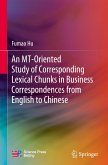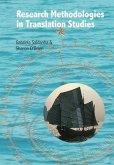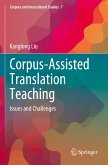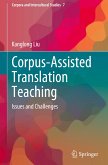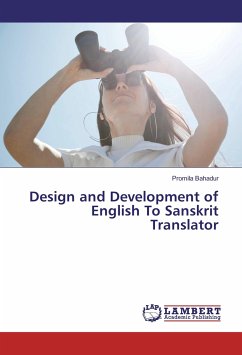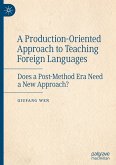This book sheds new light on chunk in business correspondence in order to promote the advancement of machine translation. By presenting a bilingual chunk table for correspondence and providing basic theoretical and empirical data on the construction of an MT-based English-Chinese chunk bank for business correspondence, it seeks to improve the accuracy of machine translation systems in a new way. It mainly addresses two questions: (1) How can business English correspondence chunks be defined in machine translation? (2) What are the correspondences between English-Chinese business letter chunks for machine translation?
With the aid of a parallel corpus, qualitative and quantitative research methods, and the construction grammar theory, the book puts forward a theoretical model of chunk composition analysis. Further, the findings presented here can be used for the machine translation of English-Chinese business letters, helping to break down communication barriers and promote international business and exchanges.
With the aid of a parallel corpus, qualitative and quantitative research methods, and the construction grammar theory, the book puts forward a theoretical model of chunk composition analysis. Further, the findings presented here can be used for the machine translation of English-Chinese business letters, helping to break down communication barriers and promote international business and exchanges.


